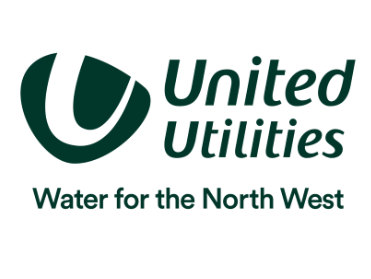The European Commission, assisted by the European Environment Agency, has released its annual Progress Report assessing the headway on climate action.
According to latest estimates, EU greenhouse gas emissions in 2013 fell by 1.8% compared to 2012 and reached the lowest levels since 1990. The Commission said that not only is the EU well on track to reach the 2020 target, it is also well on track to overachieve it.
According to EEA analysis of Member States' own projections, the EU is likely to cut greenhouse gas emissions by at least 21 % of 1990 levels by 2020, surpassing its 20 % target. With 14 % of final energy consumption generated by renewable sources in 2012, the EU is also ahead of the planned trajectory to hit 20 % renewable energy by 2020. Likewise, the EU's energy consumption is also falling faster than would be necessary to meet the 2020 energy efficiency target.
The Progress Report also for the first time provides data on the use of fiscal revenues from auctioning allowances in the EU Emission Trading System (ETS). This new source of revenues for Member States amounted to € 3.6 billion in 2013. From this, around € 3 billion will be used for climate and energy related purposes - significantly more than the 50% level recommended in the EU ETS Directive.
EU Climate Action Commissioner Connie Hedegaard said:
"Delivering on 2020 climate goals shows that Europe is ready to step up its act. And better, still: it shows that the EU is delivering substantial cuts. The policies work. Therefore, the EU leaders last week decided to continue the ambition and reach at least 40% by 2030. This will require significant investments. That's why it is encouraging that Member States have decided to use most of their current ETS revenues to invest in climate and energy and continue the transformation to a low-carbon economy."
The revenues complement the funds from the EU's NER 300 programme which is devoting €2.1 billion to support 39 large-scale demonstration projects for low carbon technologies around Europe.
The Kyoto and EU 2020 Progress Report is based on the data reported by Member States under the Monitoring Mechanism Regulation. The Report provides information about the progress made by the European Union and its Member States towards their greenhouse gas emissions targets. The decrease in emissions of 1.8% in 2013 compared to 2012 implies that total EU emissions are around 19% below 19901.
Since 2013 auctioning is the default method of allocating allowances within the EU ETS, with auction revenues accruing to Member States. The EU ETS Directive stipulates that at least half of the revenues from the auctioning of allowances should be used to combat climate change in the EU or other countries.
Most countries have used these investments in fields like energy efficiency, renewables or sustainable transport. France, the Czech Republic and Lithuania use all their auctioning revenues in projects to improve the energy efficiency of buildings. Bulgaria, Portugal and Spain use most of their revenues to develop renewable energy. In Germany, most of the revenues are directed to a specific climate and energy fund, which supports a wide range of projects including research and sustainable transport. The UK focusses in particular on energy efficiency, renewables, research and financial assistance to low income households in relation to energy expenses.
The reported amounts represent only a proportion of total climate and energy related spending in Member States' budgets.

 Amiblu, a global leader in Glass Reinforced Plastic (GRP) pipe systems for wastewater, stormwater, drinking water, irrigation, hydropower, and industrial applications, has announced the appointment of Martyn Turton as its Sales Director for the UK & Ireland, driving strategic market development in the infrastructure and water sectors, effective immediately.
Amiblu, a global leader in Glass Reinforced Plastic (GRP) pipe systems for wastewater, stormwater, drinking water, irrigation, hydropower, and industrial applications, has announced the appointment of Martyn Turton as its Sales Director for the UK & Ireland, driving strategic market development in the infrastructure and water sectors, effective immediately.

 Hear how United Utilities is accelerating its investment to reduce spills from storm overflows across the Northwest.
Hear how United Utilities is accelerating its investment to reduce spills from storm overflows across the Northwest.